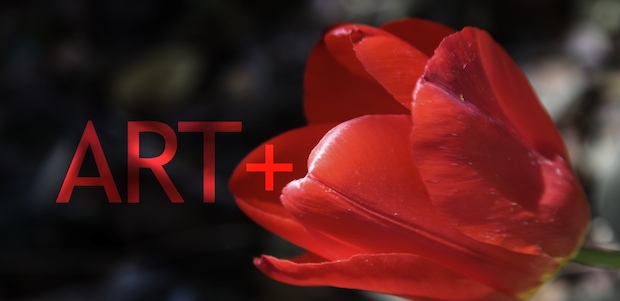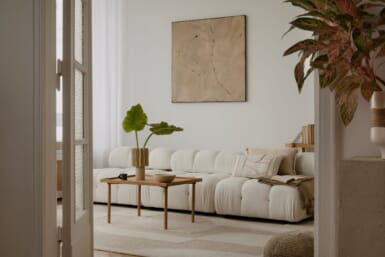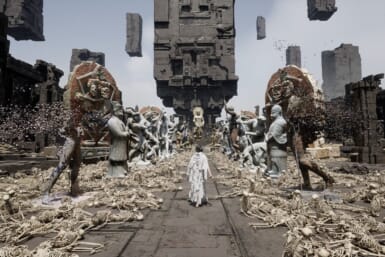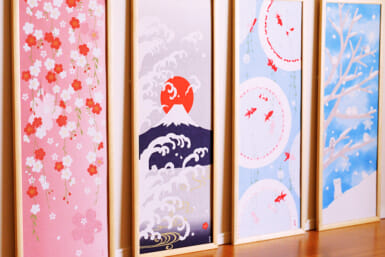(The image above? Entirely not from Suda.)
When I checked Gallery Koyanagi’s website to see what was on, it told me that the exhibition was for Yoshihiro Suda, but there were no images. In fact, there is already an image for the upcoming Tabaimo show (something I’m hugely looking forward to), but for Suda? Nothing. It was unusual.
The name Yoshihiro Suda didn’t ring any bells at first, but when I entered the gallery, I immediately knew that I had seen his work before.
Well, not immediately. What happened immediately was that I thought I had come on the wrong day. At Koyanagi, the elevator is the only way in, and the doors slide directly into the gallery itself. So the first thing I saw was a group of people standing around the reception desk, and no art. Nothing. I checked my watch, I wondered briefly if the show was over and I had stumbled on a staff meeting that had forgotten to lock the elevator.
But as one woman stepped aside, I saw that next to Suda’s name on the wall was a large tulip, suspended improbably by its leaf. On closer examination, I could see that the tulip had been delicately carved from wood and painted. Then I saw another flower springing from an unlikely crevice in the concrete wall. And the more I looked, the more I saw.
Then I knew — Suda is the same artist responsible for the nearly-hidden but charming Weeds installation in Naoshima’s Benesse House museum. There, in the concrete lines of the building designed by Tadao Ando, Suda had placed a row of tiny green weeds sprouting from the seam between two sections of concrete wall. It was so real, and so out of the way, that I wasn’t entirely sure at first whether it was art or invasion.
There are only seven or eight flowers peeping out from the gallery walls at Koyanagi. They are not front-and-centre, but hiding in corners or creeping out from ceiling beams. They are realistic, but not overly realistic. And they have a profound effect on the space around them.
Many artists do work that draw attention to the space around them. Jim Lambie’s Zobop comes to mind for the way it magnifies the shape of a room, and Martin Creed’s The Lights Going On and Off for the fact that there is nothing to see but the room itself. But Suda seems more successful than either of these two, in that his work, in its off-centre way, really leaves the gallery walls empty and asks the audience to search the room, forcing the viewer to examine its details — the scuff marks, the broken bits of concrete, the pipes and ducts — and see it as a structure. We expect these walls to frame images and ideas, and instead they are empty, and the art itself is a carefully crafted simulacrum of nature that has to be searched for.
One could abuse the potential metaphors, but I don’t think allegory is what Suda is after here. Instead, it simply is what it is: beauty unexpected, the delight of finding life where there is usually none, and the subtle irony that it, too, is a recreation.
The show only runs until the end of July, so go soon.









